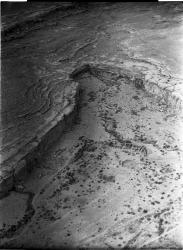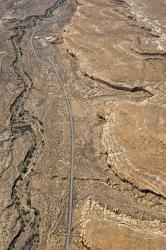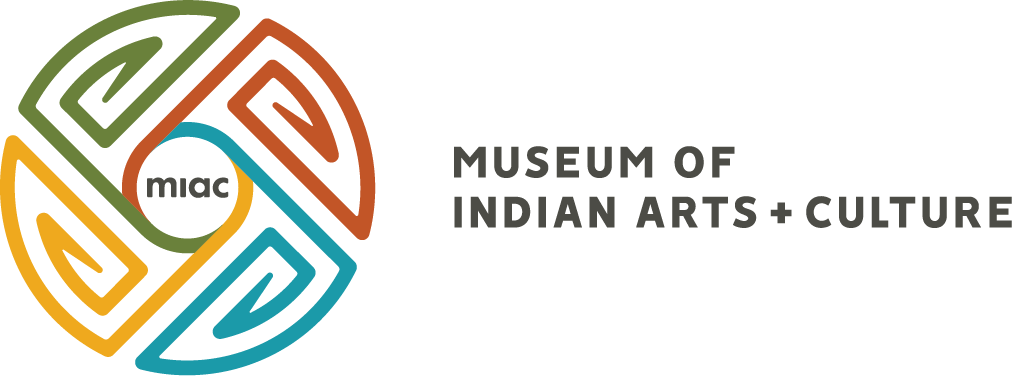Calendar of Events
Oblique Views Exhibition OPENING!
Lecture, Dancers, Booksigning, and Hands-on Activities
October 25, 2015
1:00 pm through 5:00 pm

Pueblo del Arroyo
Pueblo del Arroyo lies immediately next to Chaco Wash, and its location inspired its name. When the Lindberghs photographed the site, the circular tri-walled structure on the western extension of the pueblo was being eroded by the wash. Neil Judd excavated a large part of the pueblo in the late 1920s, resulting in the empty rooms visible in both photos. The more modern buildings to the southeast of the ancient pueblo were built by Richard Wetherill in 1899 and served as a boarding house for archaeologists and other visitors. They were converted into the Chaco Canyon Trading Post in the 1930s. The road to Gallup crossed the wash nearby. Photograph by Charles A. and Anne Morrow Lindbergh, 1929.
Sunday, October 25 -- it’s the day to be on Museum Hill for the long-anticipated opening of Oblique Views: Archaeology, Photography and Time.
You’ll see historic images by Charles and Anne Lindbergh side by side with those of contemporary aerial photographer Adriel Heisey -- some of the changes in the landscape (Canyon de Chelly, Chaco Canyon, Galisteo) are profound, others are more subtle.
Photographer Adriel Heisey speaks at 1pm and again at 3pm. The Red Turtle Dancers of Pojoaque and Santa Clara Pueblos will display a butterfly dance, buffalo dance, and rain dance. Dance times are scheduled for 2pm and 4pm.
Of course we’ll have the beautiful hardcover Oblique Views catalog available for purchase, with the contributers all present to sign.
A hands-on photography activity will be offered from 1 - 4pm.
Admission is free on Sundays for New Mexico residents.
See the full color postcard here!

Pueblo del Arroyo, Pueblo Bonito, and Chetro Ketl
The minimal shadows cast by cliffs and walls in this photograph show that it, like its matching Lindbergh image of three great houses—Pueblo del Arroyo, Pueblo Bonito, and Chetro Ketl—was taken sometime close to solar noon. Although it’s high summer in a national park, human activity is low, perhaps because of the heat. A few cars are parked or being driven on roads, but the historic buildings, the ongoing archaeological fieldwork, and the ranching infrastructure that made the 1929 photograph so lively are missing. The park service made a conscious decision to remove historic structures, believing that they distracted from the more ancient Chaco period structures and features that the park was established to protect. Park service roads, parking lots, and trails both guide and constrain the visitor experience, and the landscape now appears comparatively barren. Photograph by Adriel Heisey, 2008.
